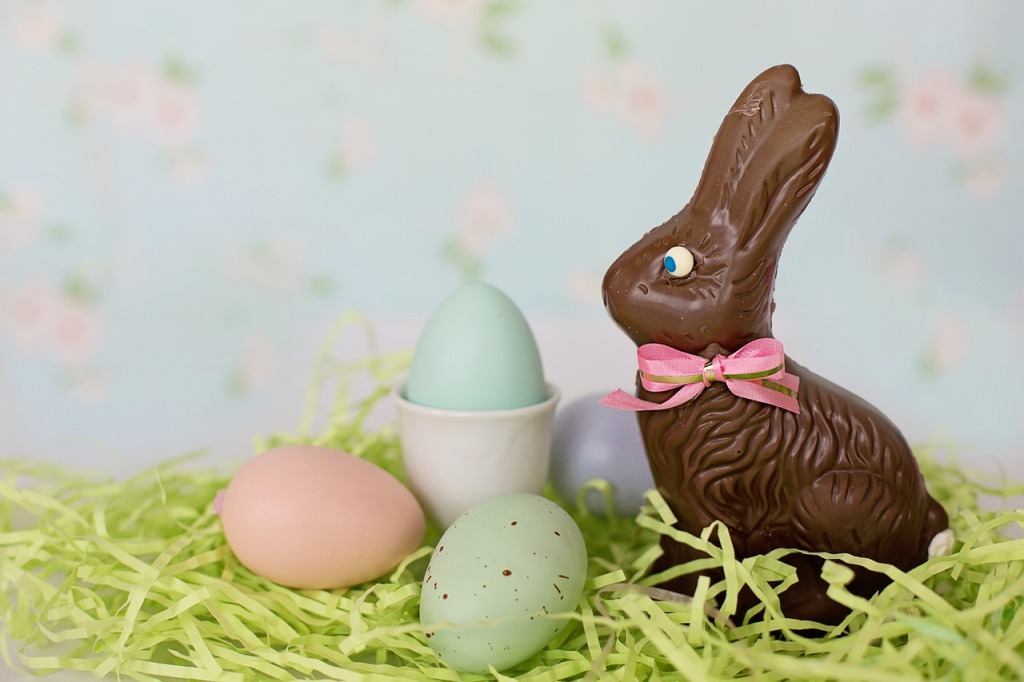On December 5, 1942 the Easter Bunny went to war. That’s when the United States War Production Board issued Conservation Order M-145, banning the production of novelty chocolate, including those delightful long-eared treats that had been gracing the Easter baskets of American kids for a few years by then.
The Board defended the decision by suggesting that the move would more intentionally include children in the war effort, providing them with the opportunity to be as sad as the adults in their lives. Instead of enjoying chocolate treats, children would wake up on Easter morning to plush bunnies, or to bunnies carved from soap or wood, which were somewhat less delicious.

Of course it’s worth noting that chocolate Easter bunnies had been introduced in Germany in 1890, had only come to the United States 1939, and had pretty quickly become hollowed out by vanishing supplies and profit margins. The children had already been sacrificing.
And the real reason for the decision had more to do with supply line interruptions and the diversion of limited resources to the front lines. That makes sense, because I think it’s safe to suggest that chocolate improves morale. It packs a pretty substantial caloric punch and is a mild stimulant, which makes it a great snack for soldiers on the go.
What makes it less great is chocolate’s tendency to melt and spoil. The War Production Board had a solution for that as well. Government contracts went to major chocolate manufacturers who could produce a D-ration chocolate bar with a higher melting point and a flavor described by soldiers as maybe a little bit better than a boiled potato. It was also not shaped like a bunny.
So, nobody was happy, though eventually American children did get their chocolate bunnies back. By about 1947, supply lines were humming along more or less at pre-war efficiency and chocolate was allowed to be both fun and delicious once again. The Easter Bunny returned home, but like so many who go to war, he’d been forever changed by the experience.

Today, it’s hard to find a chocolate bunny that isn’t hollow inside. Manufacturers and chocolatiers will tell you that’s because when chocolate gets too thick, it’s less pleasant to bite into. Personally, I think I could manage, but hollow or not, I certainly won’t hesitate this Easter to bite into the long ears of a chocolate bunny.
According to many not entirely substantiated claims on the internet, more than ninety million such bunnies are sold in the US every year, and 89% of people surveyed claim that biting first into the ears is the right way to consume them. 5% are convinced that the tail should be first. I don’t know what to think of that other 6%. I guess maybe they’re hollow inside.
How about you? How will you be eating your chocolate bunny this Easter?
